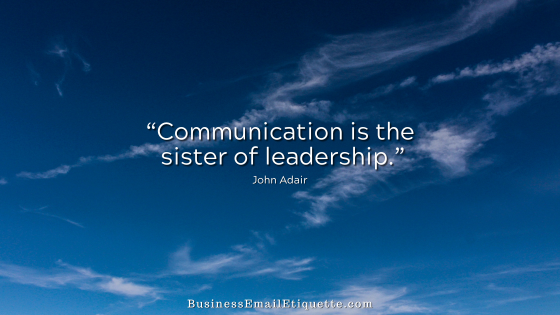Assuming Gender in Email

You know what happens when you assume, right?
Anyone who follows this blog knows not to assume anything about our email communications. Assuming rarely leads to positive results. That’s why if you are unsure, ask.
For example, assumptions can lead to lost opportunity in the global environment where we all do business. Notably, assuming by virtue of a contact’s name, whether they are male or female, can cause you not to make a very good first impression.
Unintentional Misgendering
Misgendering in emails can happen innocently due to various reasons:
In most cases, misgendering in emails is unintentional and can be easily corrected with increased awareness, education, and respectful communication practices.
Name Misgendering
Putting a Mr. in your sig file for first contact would set the record straight. However, that may make you appear more formal than you prefer. If you are a formal guy, then that’s okay. If not, you could always remove the Mr. on subsequent communications.
I recommend that if someone misidentifies your gender based on your name, kindly send them straight. “By the way, I’m a male. Just thought you would want to know. “
Here’s how one of my readers tries to prevent this with his particular name situation:
What great advice, Alex!
Humble Apologies
When you discover that you’ve made this assumption in error — humbly apologize. You are likely not the first to do so, and the person on the other side will understand.
Now that I think about it, I constantly email folks with gender-neutral names (Pat, Chris, Kerry, Robyn, Frances, Kylie, Sam, Joe, and Bernie). I’ve never considered gender in communicating with anyone who emails me.







